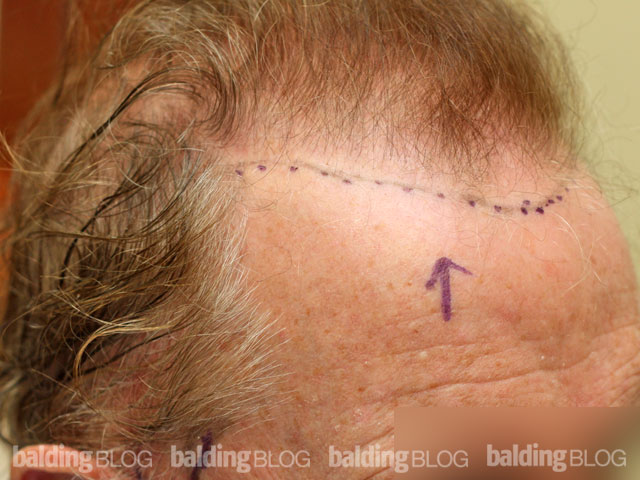My question regards shock loss and the use of Propecia to prevent it. What I don’t understand is, if Propecia’s role is to prevent the conversion of testosterone into DHT, but shock loss is due to trauma rather than DHT, how does the use of Propecia prevent shock loss? It seems like if shock loss is due to the trauma of the surgery, a DHT blocker would not help much. Thank you for your insight.

While we do say that Propecia can prevent shock loss (hair loss following a hair transplant), there is no study I can cite that shows it. The appearance of Propecia on the market in the early days clearly changed the course of hair loss after transplant surgery. We have extensive experience both before and after Propecia became available. In the days before Propecia, I can tell you that the accelerated hair loss after surgery was a real problem which I had to confront, and I frequently chased the hair loss after the first transplant. After the drug was introduced, the accelerated hair loss on patients with Propecia seemed to disappear.
The important idea is that when a patient is on Propecia it is working on the DHT susceptible hairs. Thus when a hair is transplanted in those areas, Propecia will still be ‘helping’ to sustain the native hairs. We do not know the mechanism, but we can postulate that hairs that have been exposed to Propecia seem to be more resilient.
Finally, you do not have to be on Propecia to have hair transplant surgery, particularly if you are above the age of 40-50, have had a stable hair loss pattern that has not advanced in the past 10 years, or have had a recent hair transplant in the previous 2-3 years without experiencing accelerated hair loss.






